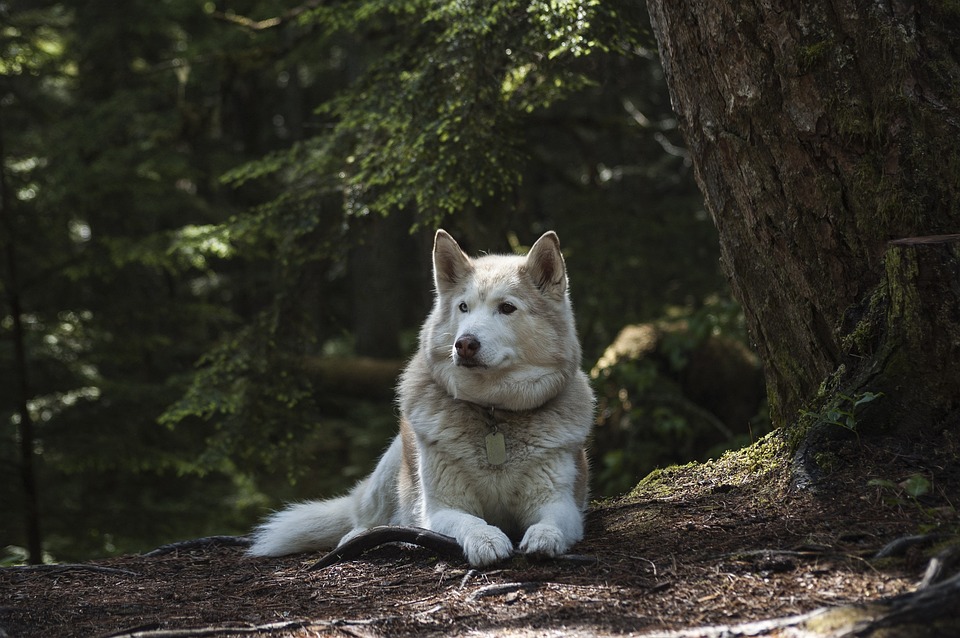Dog aggression is a common issue that many dog owners face. It is important to be aware of the signs of aggression in order to prevent harm to humans and other animals. This article provides information on understanding dog aggression, recognizing signs of aggression, and answering common questions about aggressive behavior in dogs.
Aggression in dogs can manifest in various forms, including growling, barking, lunging, snapping, or biting. It is a natural behavior that can stem from factors such as fear, territoriality, possessiveness, or a response to pain or illness. Identifying the underlying cause of aggression is crucial in managing and resolving the issue.
There are several signs that can indicate aggression in dogs. These include body language such as flattened ears, raised hackles, tense body posture, and a stiff tail held high or tucked between the legs. Guttural vocalizations like growling, snarling, or deep barking are also common indicators of aggressive behavior. Direct staring, raised lips, and bared teeth are facial expressions that serve as warning signs. Additionally, defensive body postures such as leaning weight forward, lowering the head, or crouching down can indicate aggression.
It is important to note that any dog breed or mix can display aggressive behavior, although certain breeds may have a genetic predisposition to aggression. Early socialization and proper training can help prevent or manage aggression in dogs. Regular exercise, mental stimulation, and positive reinforcement training are essential for maintaining a well-balanced and non-aggressive dog. Socializing your dog from an early age, exposing them to various environments, people, and other animals, can also reduce the likelihood of aggression.
Punishment should never be used as a response to aggressive behavior in dogs. It can escalate aggression and cause further behavioral issues. Instead, focus on positive reinforcement training techniques, reward good behavior, and seek guidance from a professional dog trainer or behaviorist.
If your dog’s aggression poses a risk to people or other animals, it is crucial to seek professional help. A qualified dog behaviorist or veterinarian can assess the underlying cause of the aggression and provide tailored solutions to manage the behavior effectively.
In conclusion, recognizing signs of aggression in dogs is essential for maintaining a safe and harmonious environment. By understanding the various indicators of aggression and seeking professional help when necessary, you can address the issue and ensure the well-being of your furry friend and those around them. Early intervention and proper training can make a significant difference in managing canine aggression.









